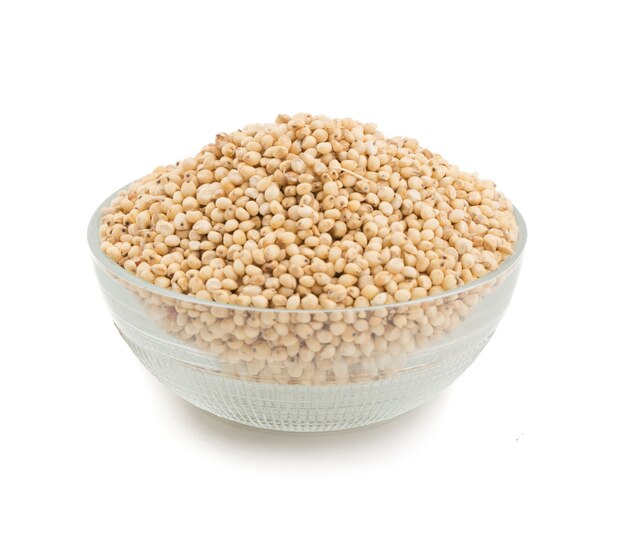
One study in 24 rats found that those fed foxtail and proso millet had significantly reduced triglyceride levels, compared with the control group ( 25).Īdditionally, millet protein may help lower cholesterol.Ī study in mice with type 2 diabetes fed them a high fat diet with millet protein concentrate. In turn, this traps fats and helps reduce cholesterol levels ( 10). Millets contain soluble fiber, which produces a viscous substance in your gut. What’s more, in a 6-week study in rats with diabetes, a diet containing 20% finger millet led to lower fasting blood sugar levels and a drop in triglyceride and cholesterol levels ( 24). It occurs when your body stops responding to the hormone insulin, which helps regulate blood sugar ( 23). Insulin resistance is a marker for type 2 diabetes. After eating 1/3 cup (50 grams) of foxtail millet per day, they experienced a slight reduction in fasting and post-meal blood sugar levels, as well as a decrease in insulin resistance ( 22). Thus, millets are considered an ideal grain for people with diabetes.įor instance, a study in 105 people with type 2 diabetes determined that replacing a rice-based breakfast with a millet-based one lowered blood sugar levels after the meal ( 21).Ī 12-week study in 64 people with prediabetes gave similar results. This cereal also has a low glycemic index (GI), meaning that it’s unlikely to spike your blood sugar levels ( 8, 21). Millets are rich in fiber and non-starchy polysaccharides, two types of undigestible carbs that help control blood sugar levels ( 10, 20). While all millet varieties contain antioxidants, those with a darker color - such as finger, proso, and foxtail millet - have more than their white or yellow counterparts ( 13). Meanwhile, catechins bind to heavy metals in your bloodstream to prevent metal poisoning ( 16, 19).

MILO SEED SKIN
Studies in mice link ferulic acid to rapid wound healing, skin protection, and anti-inflammatory properties ( 17, 18). These molecules act as antioxidants to protect your body from harmful oxidative stress ( 10, 13, 14, 15, 16). Millets are rich in phenolic compounds, especially ferulic acid and catechins. Therefore, they may offer multiple health benefits. Millets are rich in nutrients and plant compounds. Resilient in harsh environments, it’s commonly cultivated in Asian and African countries. Millets are small cereal grains that belong to the grass family. Still, all types are renowned for their high nutritional value and health benefits. Pearl millet is the most widely produced variety intended for human consumption. This crop is also divided into two categories - large and small millets, with major millets being the most popular or commonly cultivated varieties ( 4). These benefits stem from their genetic composition and physical structure - for example, its small size and hardness ( 4, 5, 6).Īlthough all millet varieties belong to the Poaceae family, they differ in color, appearance, and species. They’re also able to survive in harsh environments and less fertile soil.

They have multiple advantages over other crops, including drought and pest resistance. Considered an ancient grain, they are used both for human consumption and livestock and bird feed ( 4, 5). Millets are a group a small, round whole grains grown in India, Nigeria, and other Asian and African countries.


 0 kommentar(er)
0 kommentar(er)
